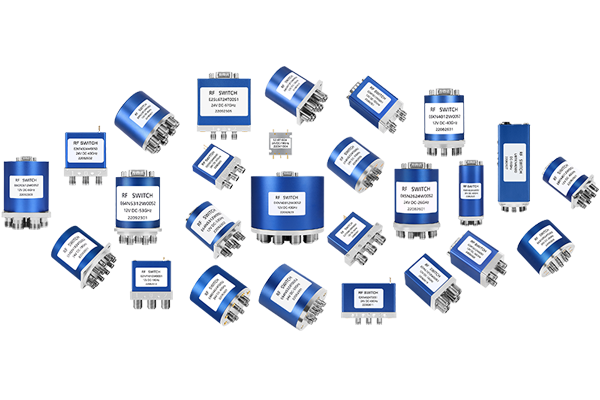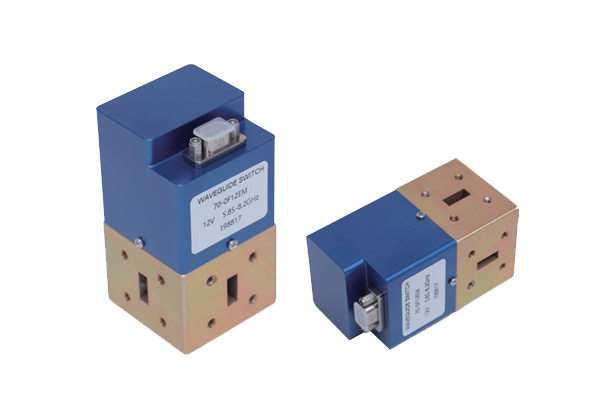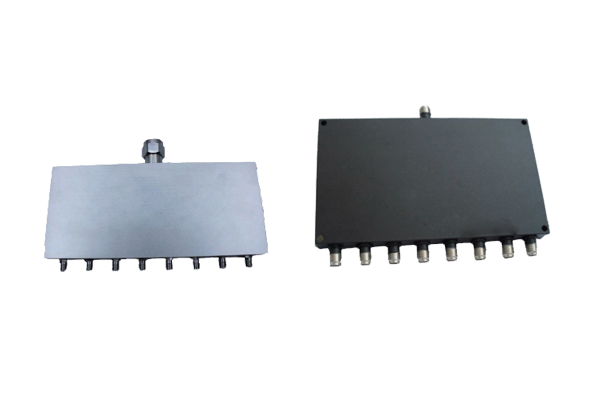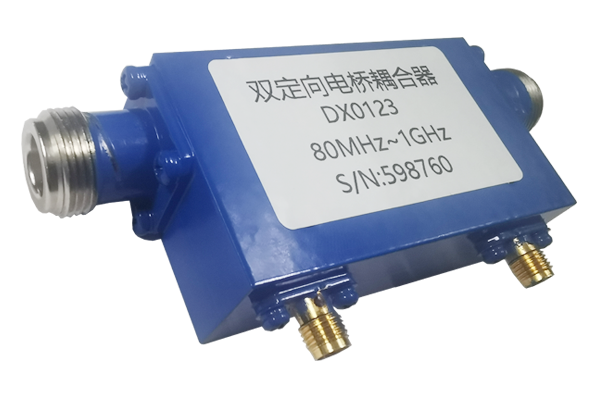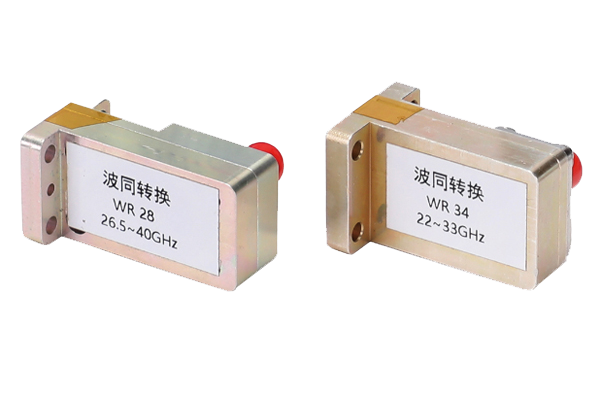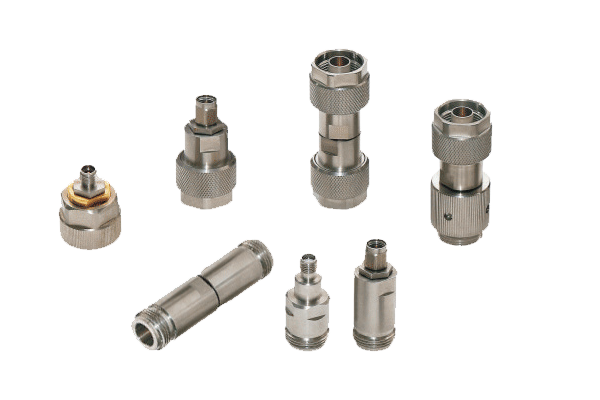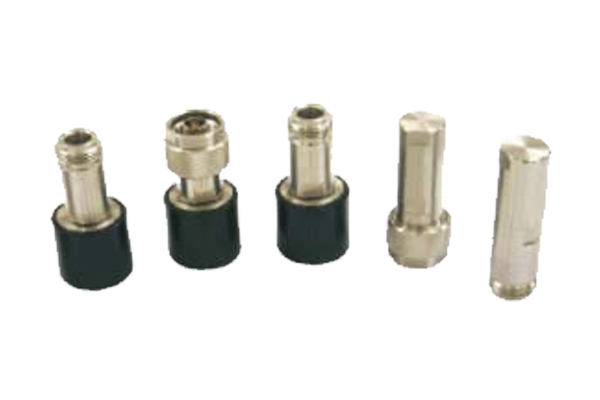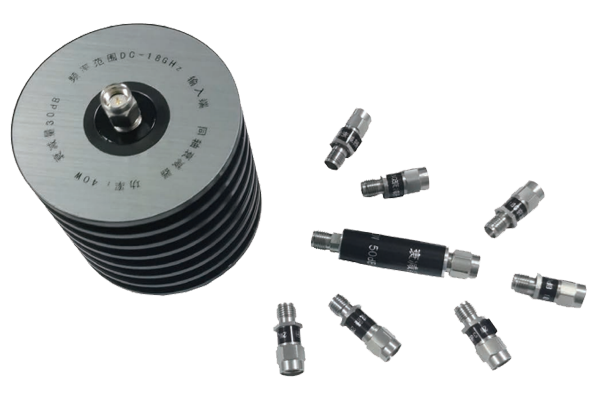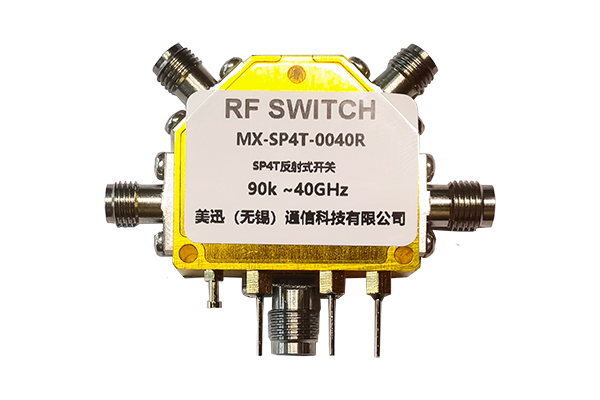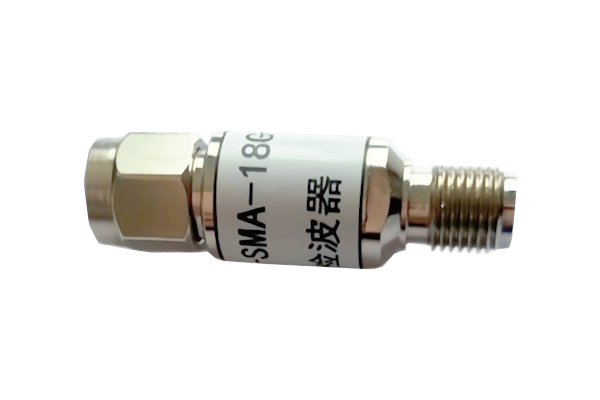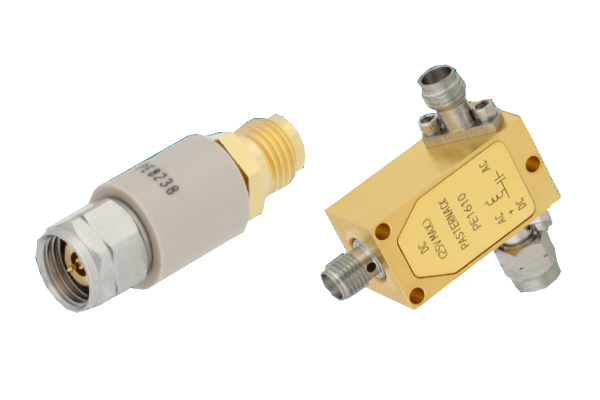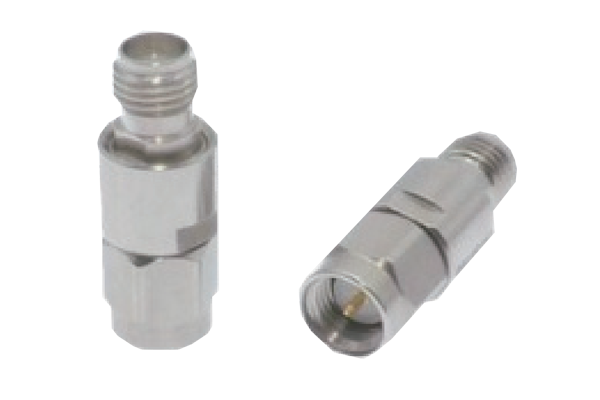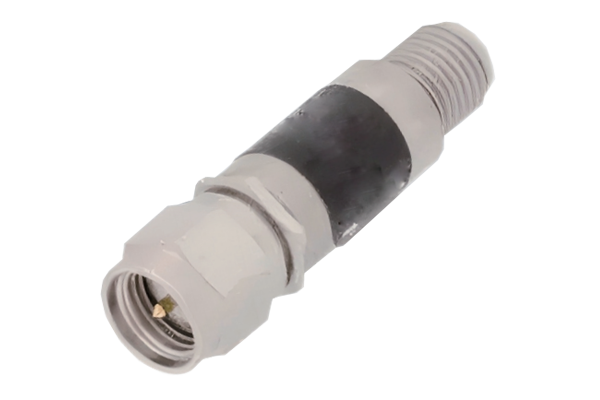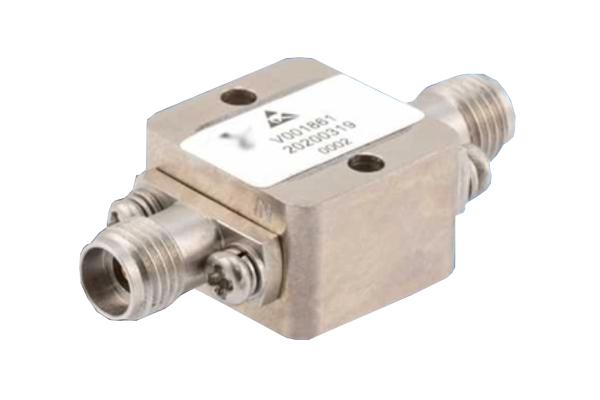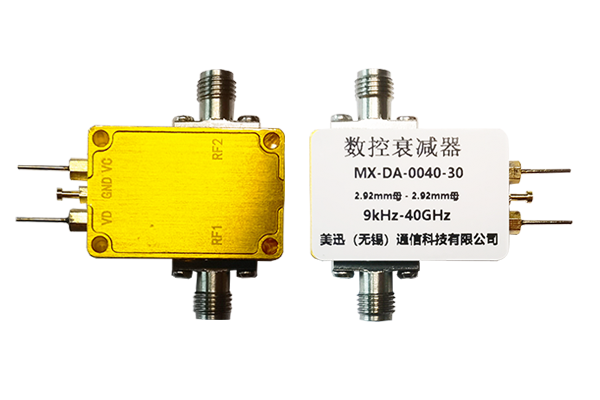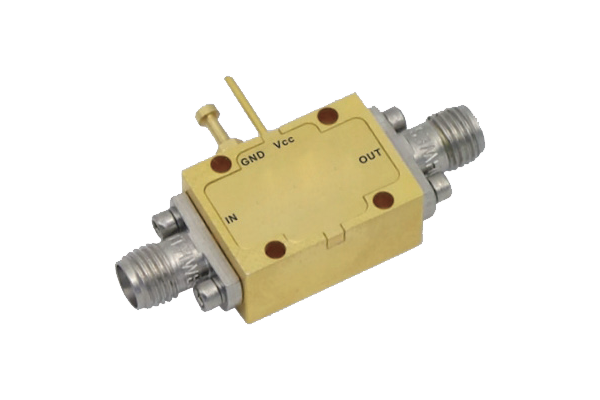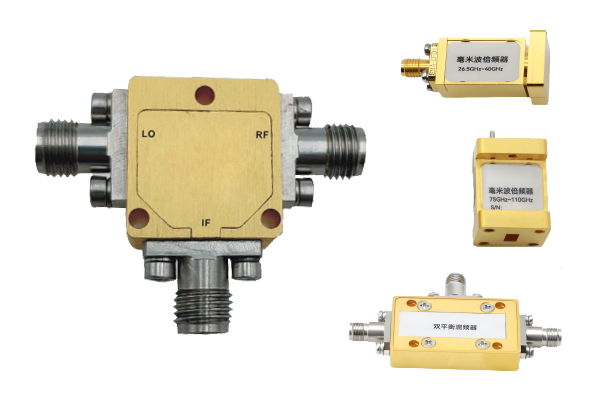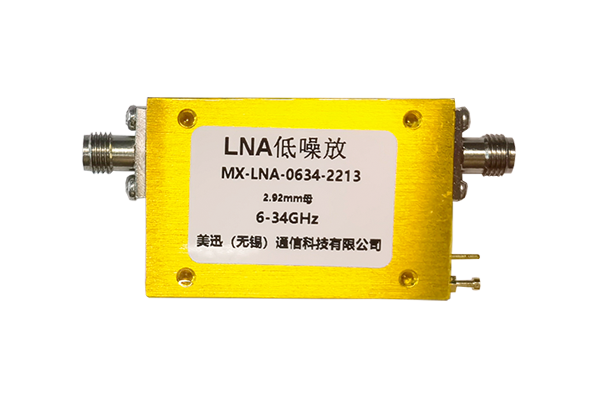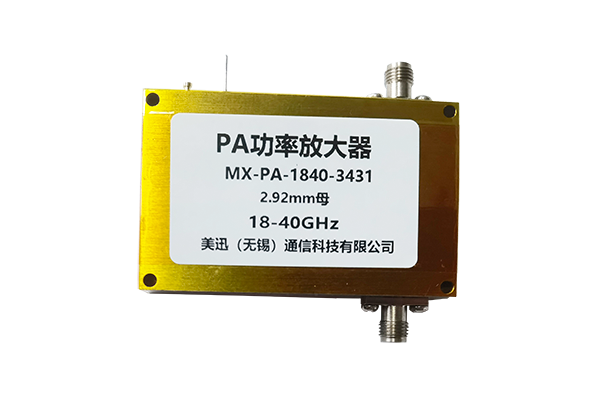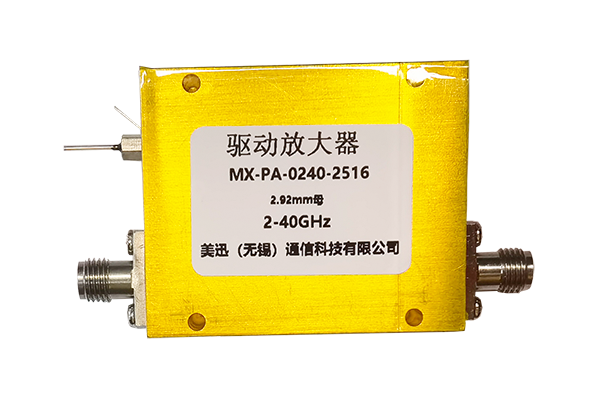What are the main technical specifications of an RF attenuator
RF Attenuator Technical Specifications
The main technical specifications of an RF attenuator define its performance, compatibility, and suitability for specific applications. Understanding these parameters is critical for selecting the right component.
Attenuation Value
- Measured in decibels (dB), indicating power reduction amount
- Range from 0.5 dB (minor adjustments) to 100+ dB (heavy attenuation)
- Fixed attenuators: Single preset value
- Variable attenuators: Adjustable across defined range (e.g., 0-60 dB)
Frequency Range
- Spectrum where attenuator operates effectively
- Typically from DC up to microwave frequencies (e.g., 10 MHz to 67 GHz)
- Performance degrades outside this range (increased insertion loss/impedance mismatch)
- Critical for high-frequency applications (radar, 5G systems)
Power Handling Capacity
- Maximum RF power the attenuator can dissipate without damage
- Measured in watts (W) or dBm
- Includes average power (1W to 500W) and peak power for pulsed signals
- Critical in transmitters or test setups with power spikes
Impedance & VSWR
- Standard values: 50Ω (RF systems) or 75Ω (video/telecom)
- Mismatched impedance causes signal reflection
- Measured by VSWR (Voltage Standing Wave Ratio)
- Lower VSWR (ideally <1.2:1) indicates better matching
Additional Parameters
- Insertion loss: Unintended power loss at reference frequency (ideally <0.5 dB)
- Temperature coefficient: Attenuation change with temperature (±0.001 dB/dB/°C)
- Connector types: SMA, N-type, etc. - affects physical compatibility
These specifications collectively determine an RF attenuator's functionality, reliability, and integration capability in RF circuits.



